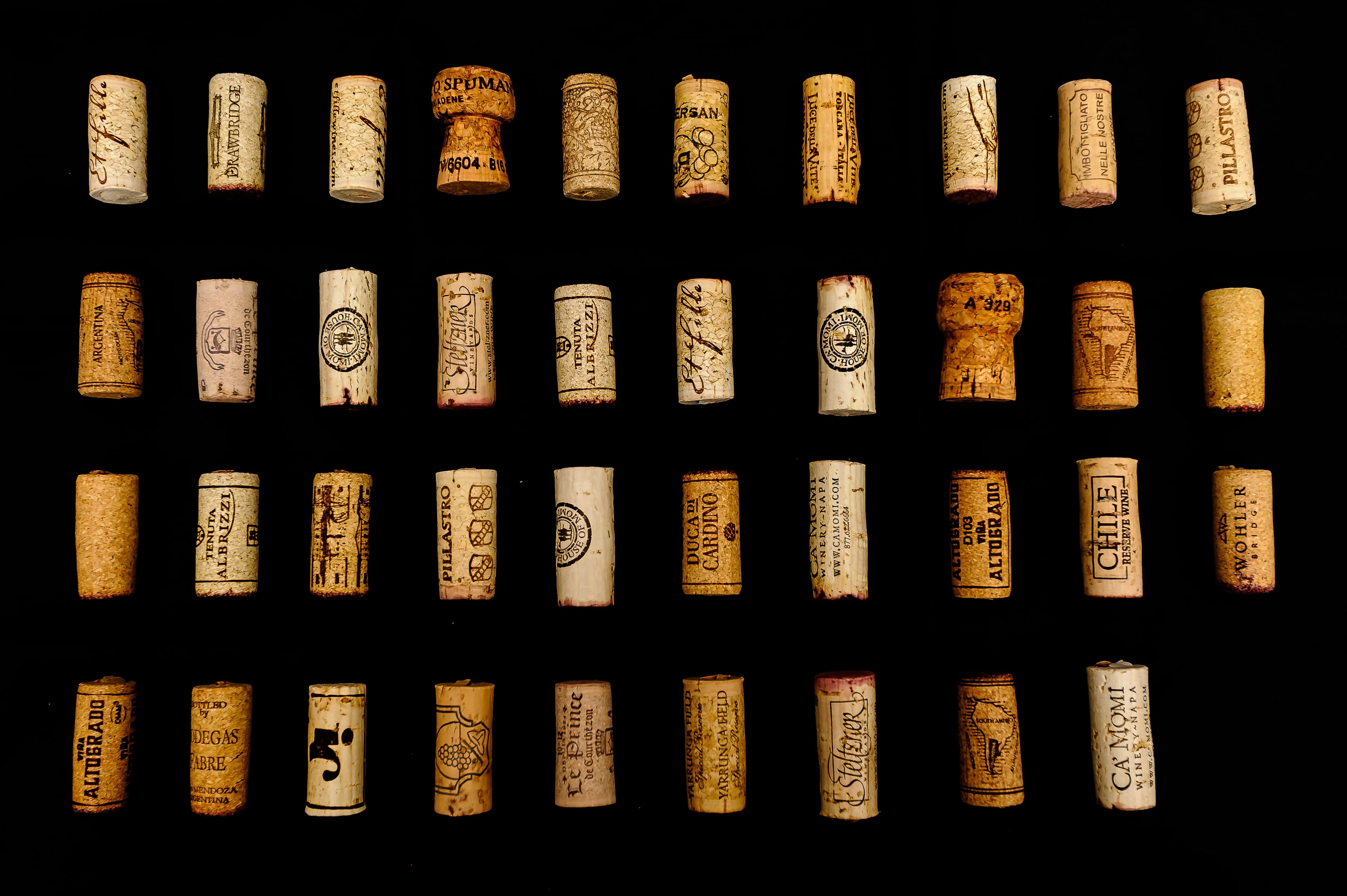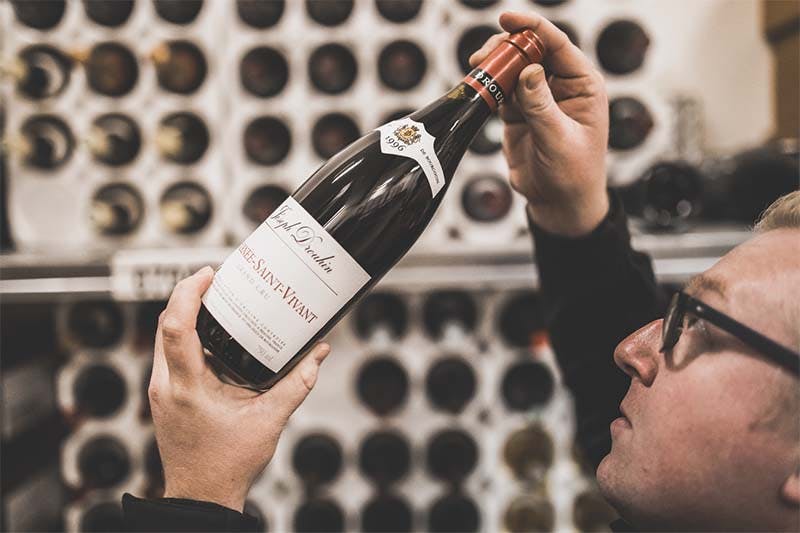
Bordeaux wine, with its global reputation and impressive diversity, can sometimes feel intimidating for both enthusiasts and novices. Choosing a good Bordeaux from the multitude of appellations, châteaux, and vintages can be a real challenge. However, with some key knowledge and practical tips, it is possible to navigate this fascinating world with confidence and discover bottles that will delight your palate while respecting your budget. Whether you’re looking for a wine for a special occasion, to stock your personal cellar, or simply to accompany a good meal, this guide will help you decode the secrets of Bordeaux labels, understand the different appellations, and find the best value for your money. Let’s dive into the subtle art of choosing a good Bordeaux together.
Understanding the Labels
The label on a Bordeaux wine bottle is a treasure trove of information for those who know how to decode it. It reveals not only the origin and quality of the wine but also clues about its style and aging potential.
Decoding Mandatory Mentions
Every Bordeaux wine label must include certain essential legal mentions. The first and most obvious is the appellation, which indicates the wine's geographical origin. For example, "Bordeaux," "Médoc," or "Saint-Émilion" are common appellations. The vintage, representing the year the grapes were harvested, is also crucial as it informs you about the climatic conditions that influenced the wine's quality.
The alcohol content must be stated, usually between 12.5% and 14.5% for Bordeaux red wines. The name and address of the producer or bottler are also required, along with the bottle volume (typically 75cl).
A particularly important mention is "Mis en bouteille au château" or "Mis en bouteille à la propriété." This indicates that the wine was produced, aged, and bottled by the same estate, often a guarantee of quality and authenticity.
Interpreting Optional Information
Beyond mandatory mentions, many optional details can enhance your understanding of the wine. The name of the château or estate is often highlighted, especially for premium wines. For classified growths, the mention of their rank in the classification (e.g., "Grand Cru Classé in 1855") serves as an indicator of prestige.
The grape varieties used are sometimes listed, though this is not always standard practice in Bordeaux. When mentioned, they provide insight into the wine's aromatic profile and structure. For example, a high proportion of Cabernet Sauvignon suggests a more tannic and structured wine, while a dominance of Merlot typically indicates a softer, fruitier wine.
Information about vinification or aging may also appear, such as "Aged in oak barrels for 18 months," hinting at a more complex wine potentially suited for aging.
Spotting Quality Indicators
Certain elements on the label can be good indicators of the wine's quality. The mention "Grand Vin" is often used to designate the main cuvée of a château, as opposed to second wines. Although not regulated, this term is generally reserved for the best productions.
Awards from wine competitions are sometimes indicated by medals on the label. While these distinctions are not an absolute guarantee of quality, they can help guide your choice, especially for lesser-known wines.
Finally, the presence of a QR code on the label is becoming increasingly common. It allows access to detailed information about the wine, its production, and the estate, reflecting a desire for transparency from the producer.
Appellations to Favor
The Bordeaux appellation system may seem complex, but it offers valuable reference points to guide your choice of a good wine. Understanding the hierarchy of appellations and knowing which ones are particularly trendy or offer excellent value for money can greatly simplify the selection process.
Hierarchy of Bordeaux Appellations
The Bordeaux vineyard boasts 65 controlled designation of origin (AOC) appellations, organized in a qualitative pyramid. At the base are regional appellations like "Bordeaux" and "Bordeaux Supérieur," which cover the entire region. Next come sub-regional appellations like "Médoc" or "Graves," followed by more prestigious communal appellations such as "Pauillac," "Saint-Julien," or "Saint-Émilion."
At the top of this hierarchy are the classified growths, particularly those from the 1855 classification for Médoc and Sauternes, and the periodically revised Saint-Émilion classification. These wines represent the pinnacle of Bordeaux production, but their prices often reflect this status.
It's important to note that this hierarchy is not absolute in terms of quality. Many wines from "lower" appellations can surpass those from more prestigious ones, depending on the producer and vintage.
Trending Appellations
Certain Bordeaux appellations have seen a resurgence in interest in recent years, often offering excellent value for money. Pessac-Léognan, created in 1987, has quickly established itself as a leading appellation, producing both structured reds and high-quality dry whites.
The "satellite" appellations of Saint-Émilion, such as Montagne-Saint-Émilion or Lussac-Saint-Émilion, frequently offer wines of a similar style to their more prestigious neighbors but at more accessible prices. Similarly, the Castillon Côtes de Bordeaux appellation is increasingly recognized for its quality and price-to-pleasure ratio.
In the Médoc, appellations like Listrac-Médoc and Moulis-en-Médoc are gaining recognition, offering characterful wines at generally more accessible prices than their more famous counterparts.
Appellations Offering the Best Value
To find the best value, consider turning to lesser-known appellations that are on the rise in quality. The Côtes de Bordeaux, which includes several appellations like Blaye, Cadillac, Castillon, and Francs, often yields excellent surprises at attractive prices.
The Entre-deux-Mers, primarily known for its dry whites, also produces quality reds under the Bordeaux or Bordeaux Supérieur appellations, often at very affordable prices. Similarly, the Fronsac appellation, neighboring Saint-Émilion, offers characterful wines at generally gentler prices than its illustrious neighbor.
Finally, don’t overlook the generic Bordeaux appellation, which can yield delightful surprises, especially from emerging producers or estates transitioning to organic or biodynamic practices.
Tips for Finding the Best Value
Beyond choosing the appellation, several strategies can help you uncover Bordeaux wines offering excellent value for money. These approaches will allow you to explore the diversity of the Bordeaux vineyard without breaking the bank.
Focusing on Second Wines
The second wines of major Bordeaux châteaux often represent an excellent opportunity to access the signature of a prestigious estate at a more affordable price. These wines are generally made from younger vines or batches not selected for the château's "grand vin," but they benefit from the same expertise and often similar aging.
For instance, "Les Hauts de Pontet-Canet" provides a glimpse of the style of the renowned Château Pontet-Canet at a fraction of the grand wine's price. Likewise, "Le Petit Mouton" from Château Mouton Rothschild or "Carruades de Lafite" from Château Lafite Rothschild allow you to taste the excellence of classified growths without spending astronomical sums.
It's important to note that the quality of second wines has significantly improved in recent years, with many reaching a level that would have been considered that of a grand vin just a few decades ago.
Exploring Lesser-Known Vintages
The great Bordeaux vintages, such as 2000, 2005, 2009, or 2016, are generally in high demand and therefore more expensive. However, the so-called "classic" or lesser-known vintages can offer excellent opportunities. These years often produce wines that are more accessible when young and represent a better value for money.
For example, the 2014 vintage, while less celebrated than 2015 or 2016, produced many elegant and balanced wines, often at more affordable prices. Similarly, 2012 and 2017 are vintages that deserve the attention of discerning enthusiasts, often offering excellent value.
It’s also worth noting that in more challenging vintages, top estates often manage to produce quality wines thanks to their expertise and technical means. These wines can represent great bargains, especially if they come from reputable producers.
Looking into Emerging Producers
The Bordeaux wine landscape is constantly evolving, with new talents emerging who bring a fresh perspective to the region. These producers, often younger and less established, frequently offer high-quality wines at more accessible prices, lacking the recognition of older estates.
For instance, Château Le Puy, though producing wine for generations, has gained international acclaim in recent years thanks to its biodynamic approach and wines of great purity. Similarly, estates like Clos Puy Arnaud in Castillon Côtes de Bordeaux or Château Croizet-Bages in Pauillac are gaining notoriety due to the increasing quality of their wines.
It's also interesting to follow estates transitioning to organic or biodynamic agriculture. This shift often entails a greater pursuit of quality and expression of terroir, leading to more authentic and characteristic wines.
Finally, don’t hesitate to ask specialized wine merchants for advice or attend tastings. These professionals can direct you to lesser-known but promising producers, allowing you to make wonderful discoveries while staying within your budget.
Choosing a good Bordeaux wine is not magic but rather a combination of knowledge, experience, and curiosity. By understanding labels, exploring different appellations, and adopting a few savvy strategies, you can confidently navigate the fascinating world of Bordeaux wines. Whether you're an occasional enthusiast or a seasoned connoisseur, the Bordeaux vineyard always holds new discoveries, from classified growths to hidden gems. The key is to keep an open mind and trust your palate.
Share this article











